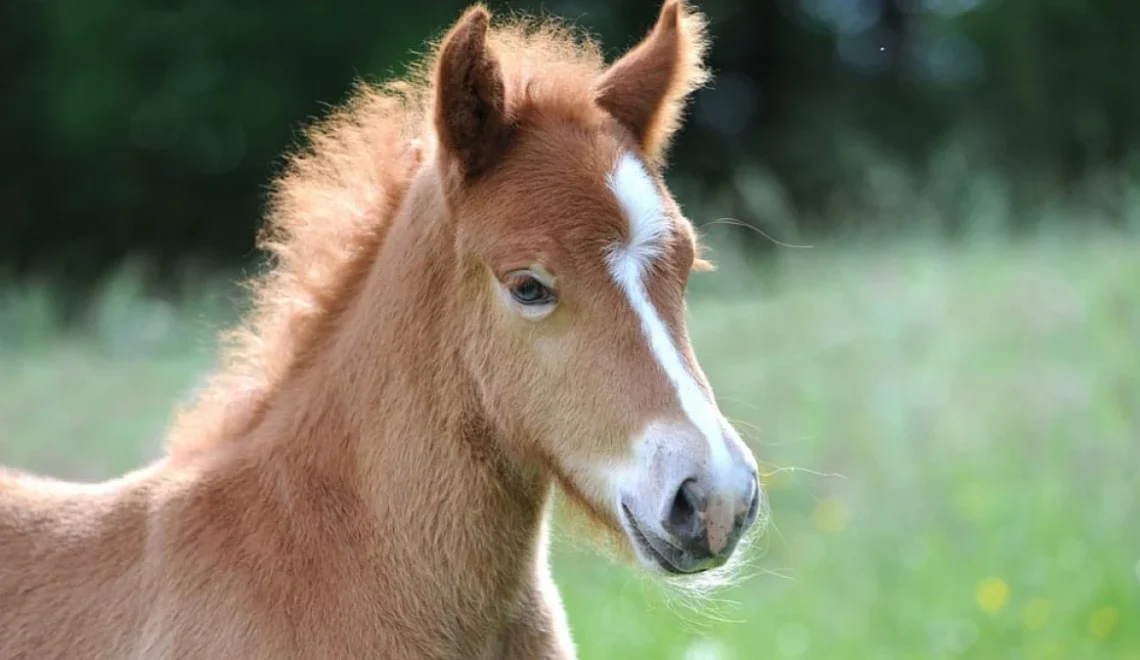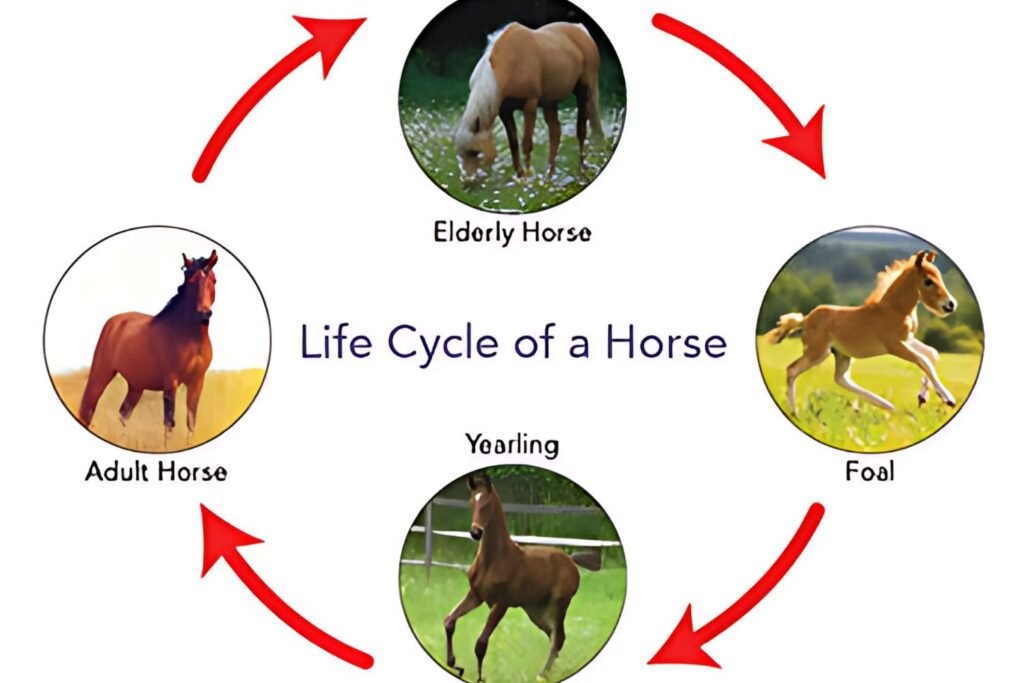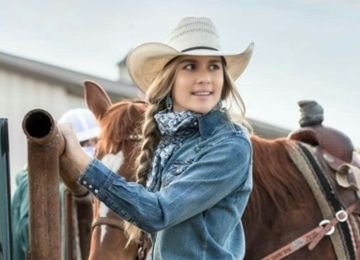
Understanding the Horse Life Cycle: From Foal to Senior
Horses, known for their strength, grace, and companionship, lead remarkable lives from the moment they take their first wobbly steps to their golden years. Understanding the horse life cycle not only deepens our appreciation for these magnificent animals but also helps us care for them throughout their journey. Let’s explore the intriguing stages of a horse’s life, delving into their growth, aging, and longevity.
Also, Check Out: A Complete Guide to Proud Flesh Horse Treatment and Care
Table of Contents
The Journey Begins: From Conception to Birth

A horse’s life starts long before its first breath. A mare carries her foal for approximately 11 months, nurturing it in her womb. The miracle of birth happens swiftly, often in under an hour. Almost immediately after entering the world, a foal demonstrates incredible resilience, standing on its tiny legs within minutes—a critical survival trait in the wild.
Stage One: The Energetic Foal
Foals, whether colts (males) or fillies (females), grow rapidly in their first year. These lively young horses often explore solid foods by 10 to 14 days old, although they rely on their mother’s milk for nourishment until they are weaned around 4 to 6 months of age.
Playful and curious, foals use this stage to develop social skills and build the strong bodies that will support their future growth.
Stage Two: The Gangly Yearling
At around one year old, horses enter the yearling stage. This phase is marked by dramatic growth spurts. Yearlings may appear awkward as their hindquarters outpace their withers, creating a gangly look. Despite their uneven proportions, this is a vital stage where they start developing the muscular and skeletal foundation for adulthood.
Stage Three: The Curious Two-Year-Old
By the age of two, horses begin to exhibit more maturity. Growth plates in their legs start to close, and their mental capacity expands. During this period, training often begins, introducing young horses to basic groundwork or light riding, depending on their breed and physical development.
Stage Four: The Prime of Life – Adult Horses
Horses typically reach adulthood by the age of four to five years, although slow-maturing breeds may take longer. Fully grown horses are at their physical peak, excelling in riding, work, and performance. Adulthood spans many years, offering horse owners plenty of opportunities to bond, train, and enjoy their equine companions.
- Average life for a horse: Around 25–30 years.
- How old does a horse live? With proper care, some horses can live well into their 30s or even 40s.
Stage Five: The Wise Senior Horse
By the age of 15 to 20 years, a horse enters its senior years. While some horses may show signs of aging as early as 15, others remain vigorous and active into their twenties. Senior horses often require special care, including joint supplements, weight management, and dietary adjustments.
The average lifespan of a horse is around 25–30 years, but with advances in veterinary care, many live longer. Cherished for their wisdom and gentleness, senior horses continue to bring joy to their owners even as they slow down.
How Long Does a Horse Live?
The question of how many years a horse lives depends on factors like breed, diet, and medical care. Wild horses often face shorter lifespans due to environmental challenges, while domestic horses benefit from attentive care, with some achieving 30+ years.
Embracing the Horse Life Cycle
From the playful antics of a foal to the dignified presence of a senior, the life cycle of a horse is filled with milestones that inspire admiration. As caretakers, it’s our privilege to support these animals through every stage, ensuring they live healthy and fulfilling lives.
So, whether you’re marveling at a newborn foal’s first steps or sharing quiet moments with an elderly horse, each phase of a horse’s life holds its own special magic.









